There are still some regions on Earth where non-verbal language is the basic mean of communication.


Humans are visual creatures and filter the world according to what they see first because their subconscious mind is programed to read things visually first and foremost.
Words convey ideas but action portrays emotion that binds us together into societies rather than any written or spoken words, that typically convey the rules or protocols. This makes non-verbal communication extremely important whether in our day-to-day communication or in professional setting communication.
If you go to someone’s house and he/she verbally tells you that they are happy that you came, but don’t smile, will you believe that they are really happy? Most likely, you won’t.
Non- verbal communication indicates what a person is thinking and feeling, sometimes in contradiction to what they are saying. When we speak in person with someone, the biggest factor of our communication isn’t our words but these elements that are called non-verbal communication.
There are still some regions on Earth where non-verbal language is the basic mean of communication.
Oroo: Penan's Secret Forest-Language
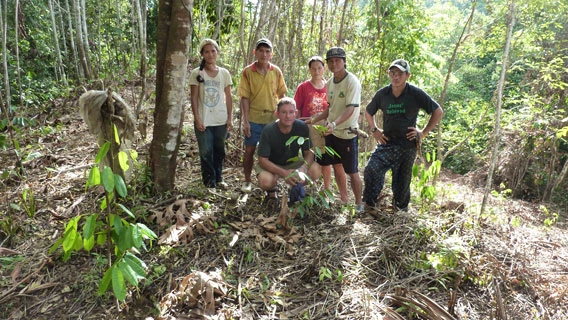
The Penan people of Malaysian Borneo have developed a secret forest language called ‘Oroo’ that utilizes sticks, leaves, vines, and other debris to create symbols and signs to alert travelers to certain dangers.
They can also be used to request help and set up activities with fellow kin. The Penan’s secret language doesn't involve pens, paper, Wingdings, or even ancient Egyptian Wingdings.
Instead, it uses the environment itself: sticks, leaves, vines, and other forest stationery. For example, the image above says, “I’m a friend, follow me this way. Or wait for me to return.”
Whistling language of ‘bird village’
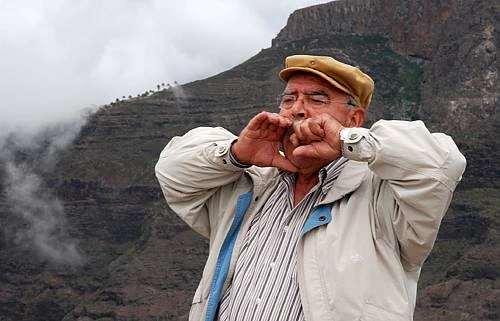
In quaint Kuşköy aka "bird village" in Turkey, a few hundred people still converse using the traditional method of whistling. A method innovated more than four centuries ago.
The bird village is a lovely, vibrantly verdant village in the Pontic Mountains.
In a region, this "kuş dili" or "bird language" works just fine for some. It's like regular Turkish, except transmogrified "into varied-pitch frequencies and melodic lines" of about 20 distinct sounds.
By whistling, villagers can communicate with each other across long distances, more than half a mile.
The whistling language is, however, fading due to cell phones and other modern contrivances.
Esoteric "Quipu" Llama-Fiber Quilt

A Quipu (also spelled khipu) was an ancient accounting tool that the Incas used—and predecessor societies—for bookkeeping.
Quipu literally translates to “knot” in Quechua. Many ancient Andean cultures used this knot system, referred as “talking knots,” which served as a writing system. This was crucial since there was no formal written language.
Quipus were used since 2.500 a.C. and were used until the spanish colonization, because the colons destroyed them.
A quipu could have as many as 1,500 strings, and every aspect conveyed some sort of information: the type and number of strings, knots, their position, color, how they were twisted, and other relations.
In simple words, the knots represent numbers via the decimal system.
Pirahã: Language Without Numbers
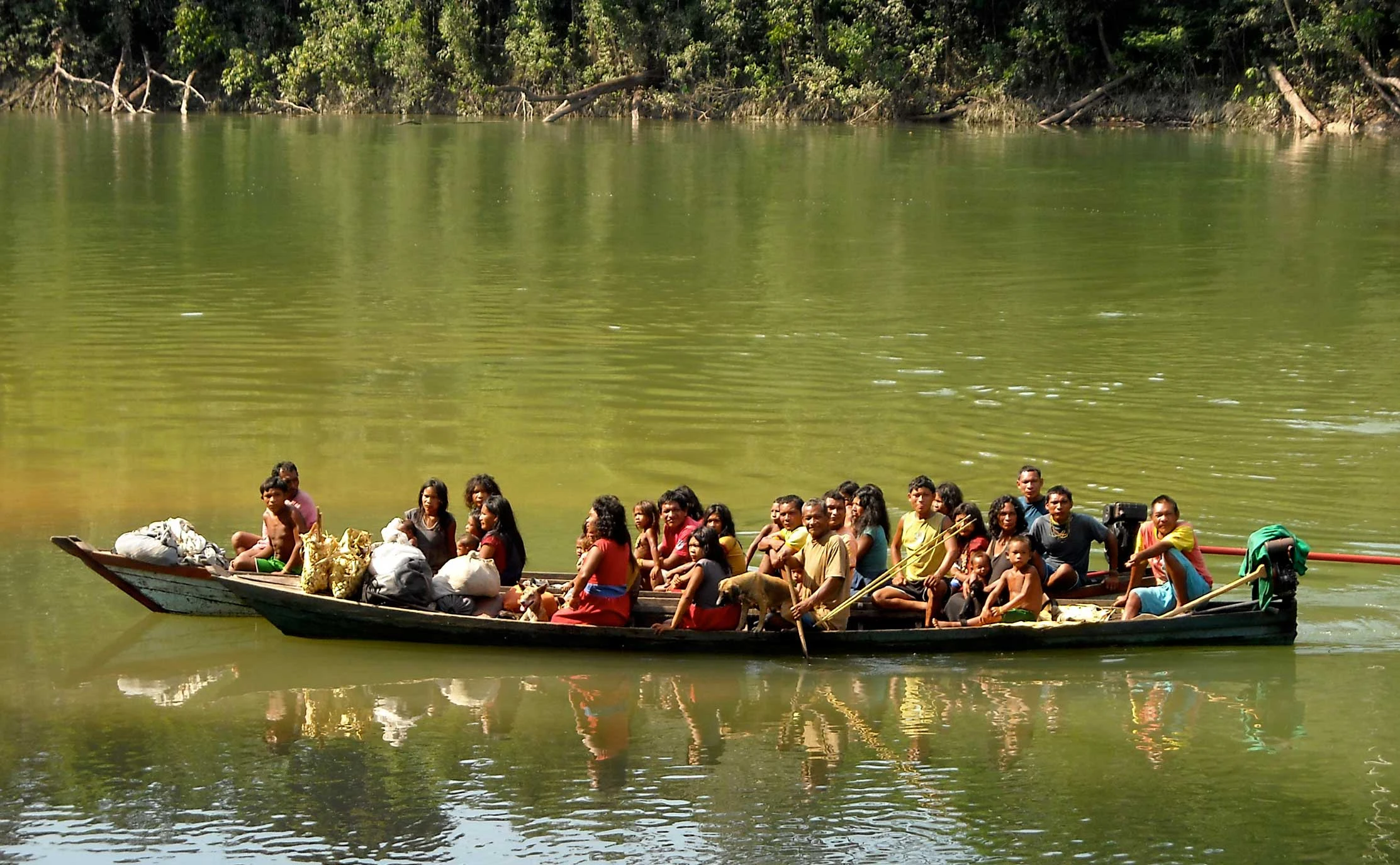
Ancient peoples were, intellectually, as complex as we are. They simply had different things to think about. Hunting and gathering for a living, for example, is hard. It requires a significant level of skill and constant paying attention to stuff. You can’t do that if you’re simple and stupid.
That said, there are scripts we can’t read not because they’re next-level complicated. It’s because figuring that stuff out is inherently hard and we have little or no evidence to go on.
The Amazonian Pirahã do not have numbers. This is unthinkable in our modern mathematical world. Only one non-native person really understands Pirahã, which is also the name of the language.
According to Everett, the Pirahã do not care about numbers, religion, other languages. They live in the "here and now" without recorded history. Their language is just as bare bones. It doesn't confuse one with a variety of letters. It only seems to utilize about 8 consonants and 3 vowels.
Without numeracy, the Pirahã only have words for certain amounts: small, more, and a bunch.
Musical, Anti-Demon Language

Kongthong, a gorgeous village acclaimed for its natural beauty and its unique tradition, 'Jingrwai Iawbei.' You would often hear curious whistles and chirrups echoing through the jungles in Kongthong. Closer inspection reveals that it is not birdsong, but rather people singing to each other.
According to tradition, each newborn in Kongthong is assigned both a regular name and a distinct melodious tune at birth by their mother. While their name is only used for official purposes, this tune becomes their identity to which they respond throughout their lives.
The mother must come up with a different tune than the existing ones to ensure that the child's identity remains his own. Another intriguing aspect is that the villagers are accustomed to communicating through music.
Each native person has a distinct tune for calling each other, and this custom has been passed down through generations.
The custom is known as "jingrwai lawbei," which translates as "song of the clan's first woman," referring to the Khasi people's mythical original mother. The lullaby has no words because it is only a hum that the villagers can understand.
Song names can be 30 seconds or so.
As per an old legend, Kongthong's musical call signs were devised to save villagers' souls from folkloric threats. The forests and rivers hereabouts are home to malefic spirits and demons, which can only infest mortals upon hearing their spoken names. So song names kept demons at bay.
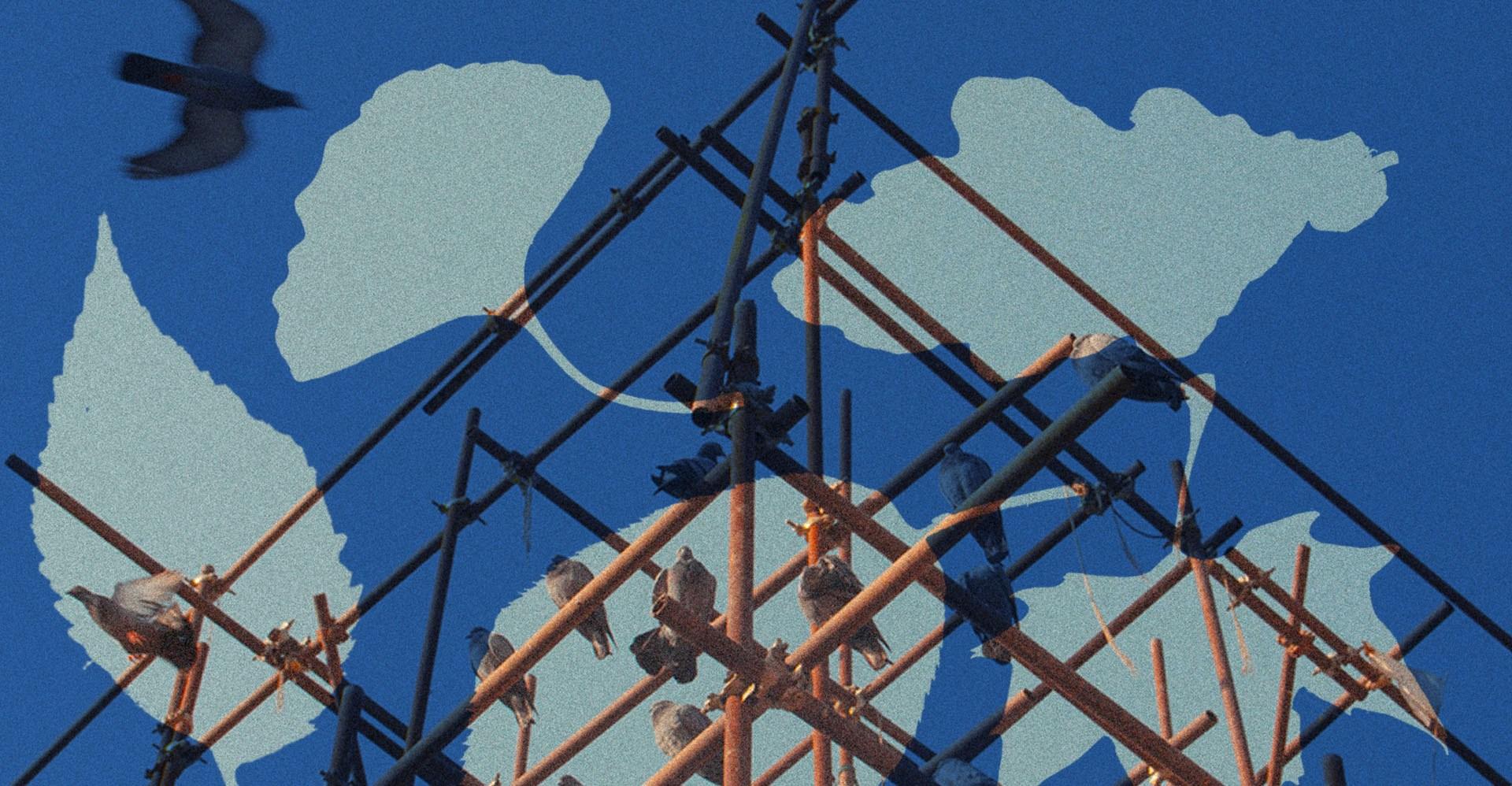
The Case for Growth
- 17 hours ago

PM Shehbaz approves appointment of Field Marshal Syed Asim Munir as COAS, CDF
- 4 hours ago
Texas jumps to No. 2 behind UConn in AP Top 25
- 7 hours ago
Kiffin takes LSU job, won't finish year with Rebels
- 7 hours ago

Apple will reportedly refuse India’s order to preinstall a government app
- 10 hours ago

Pakistan, Kyrgyzstan vow to boost ties in diverse fields
- 11 hours ago

Spotify Wrapped 2025 turns listening into a competition
- 10 hours ago

Wooting’s 60HE v2 is a solid upgrade to the best gaming keyboard
- 10 hours ago

The alt-right won
- 17 hours ago
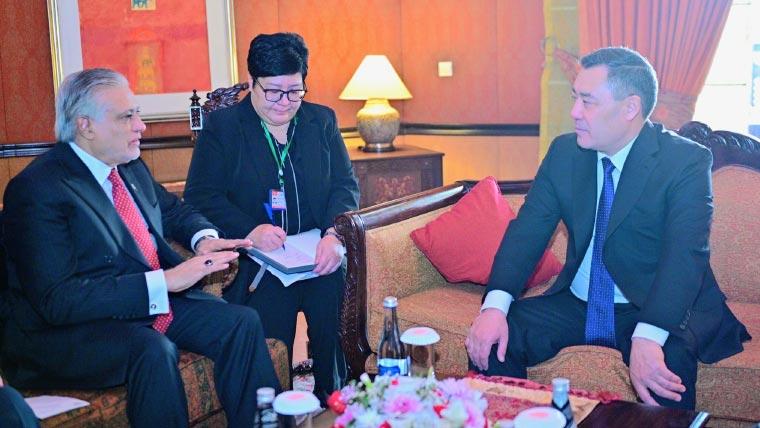
Dar meeting with the President of Kyrgyzstan: reaffirmation of commitment to strengthening bilateral cooperation
- 11 hours ago

Republicans want the Supreme Court to save them from their own inept mistake
- 17 hours ago

Republicans ask the Supreme Court to gut one of the last limits on money in politics
- 17 hours ago








